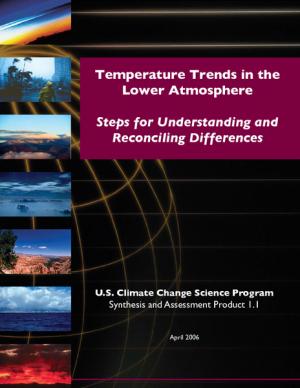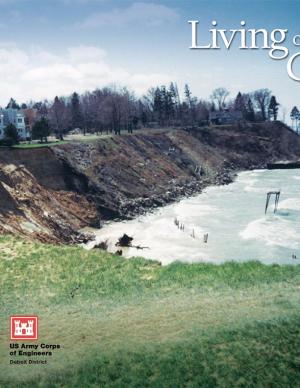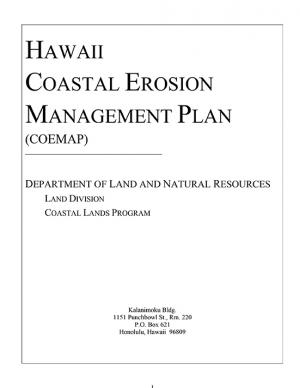This report evaluates and synthesizes knowledge on climate variability, climate change, and increased ultraviolet radiation and their consequences for the Arctic region.
Access a range of climate-related reports issued by government agencies and scientific organizations. Browse the reports listed below, or filter by scope, content, or focus in the boxes above. To expand your results, click the Clear Filters link.
This Executive Order requires that King County, Washington, municipal departments employ coordinated strategies of land use to mitigate and adapt to global warming.
This report, a Synthesis and Assessment Product from the U.S. Climate Change Science Program, addresses previously identified discrepancies between observations and simulations of surface and atmospheric temperature trends. It is an important revision to the conclusions of earlier reports from the U.S. National Research Council and the IPCC.
This document identifies goals and actions to conserve and restore Oregon’s species, habitats, and ecosystems. The report addresses climate change as a key conservation issue, and many of the recommendations provided consider adaptation measures to address species and habitat conservation needs. The 10-year revision of the Strategy and its Nearshore Component is currently under review by the U.S. Fish and Wildlife Service and will be posted at the provided URL once approved.
This booklet describes how natural processes affect the coast, including changes in lake levels, storms and storm surges, waves and wave climate, transport of sediment, ice on the shore, shoreline erosion, lakebed erosion, and movement of water on the land. It also describes how to protect coastal investments by adapting to natural processes, restoring a natural shoreline, moderating coastal erosion, armoring the shore, stabilizing bluffs and banks, controlling surface water and groundwater, building environmentally friendly shore protection structures, and working with engineers and contractors. The final section covers risk management and the economics of protecting a coastal investment, including shoreline property features and value, government regulations to protect a coastal investment, costs of shore protection, and accounting for climate change. There is also a list of resources for more information and a glossary of coastal engineering terms.
In 1991, the Missouri Commission on Global Climate Change and Ozone Depletion concluded that climate change is being bolstered by human activity. This report includes the 1991 final report of that commission, the 1992 Final Report of the Statewide Energy Study, the 1992 final report of the Department of Natural Resources’ Institute Project, and two previous reports from the U.S. Environmental Protection Agency Phase 1 and Phase 2 Greenhouse Gas projects, which were issued in 1996 and 1990, respectively.
The Rhode Island Department of Environmental Management and the State Energy Office grouped together over 30 individuals to develop a Greenhouse Gas Action Plan for Rhode Island. This group was created because of growing concerns of the impact carbon dioxide and other greenhouse gases will have on the planet. They created this climate action plan with their recommendations for reducing greenhouse gas emissions.
This document, known as the COEMAP, provides a framework for community discussion and assessment of coastal erosion and beach loss in Hawai'i. The objective of COEMAP, and the public dialogue it seeks to foster, is to outline socioeconomic and technical mechanisms for conserving and restoring Hawai'i’s beaches in a framework of mitigating erosion impacts and reducing exposure to coastal hazards for future generations.









